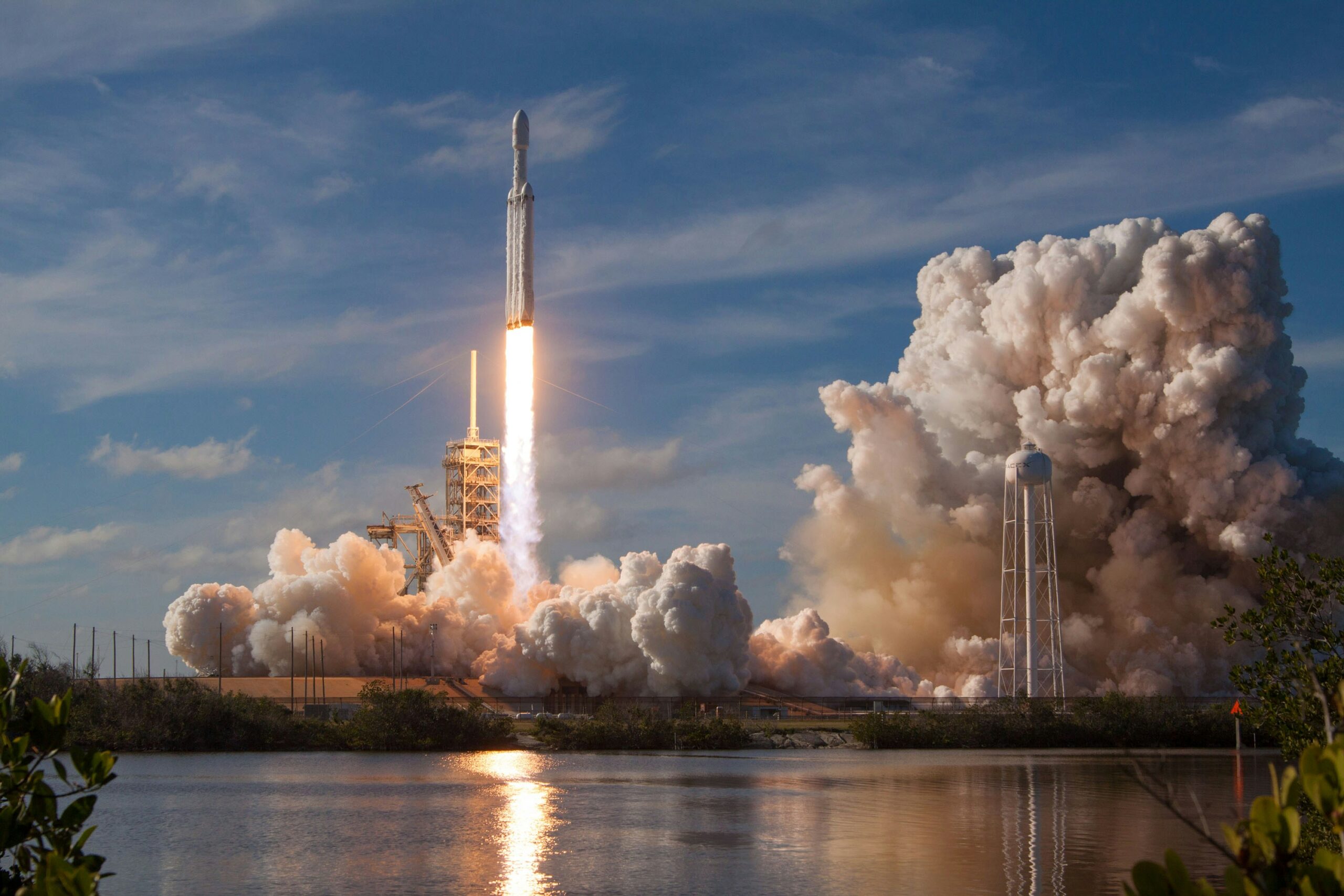By becoming a member of our site, you can add the content you like to your favorites, and present the content you have produced or liked on the internet to our site visitors with the send content option.
Zaten bir üyeliğiniz mevcut mu ? Giriş yapın
By becoming a member of our site, you can add the content you like to your favorites, and present the content you have produced or liked on the internet to our site visitors with the send content option.
You Can Benefit from All Options Exclusive to Our Members by Registering

Next Content:
Circular Economy Models
SpaceX’s Starship: Elon Musk’s Vision for Mars Colonization

SpaceX’s Starship is central to Elon Musk’s vision for Mars colonization, representing a monumental step forward in space exploration and the potential for human settlement on the Red Planet. The development of Starship is aimed at making space travel more affordable, efficient, and sustainable, ultimately facilitating the dream of becoming a multi-planetary species.
At the core of this vision is the Starship spacecraft, designed to be a fully reusable space vehicle capable of carrying humans and cargo to a variety of destinations, including the Moon, Mars, and beyond. The spacecraft consists of two main components: the Starship upper stage and the Super Heavy booster. Together, they form a powerful launch system that is set to revolutionize space travel.
Reusability is a key feature of Starship, significantly reducing the cost of space missions. Unlike traditional rockets, which are often discarded after a single use, Starship is designed to be flown multiple times. This innovation is expected to lower the cost per launch and make space travel more accessible. Elon Musk envisions a future where space tourism, interplanetary travel, and even space-based industries become commonplace, driven by the affordability of reusable spacecraft.
The Super Heavy booster is the first stage of the Starship system, providing the necessary thrust to escape Earth’s gravity. Equipped with Raptor engines, the booster is designed to be reusable, returning to Earth after launching the Starship upper stage. These engines use a combination of liquid methane and liquid oxygen, making them not only powerful but also more sustainable compared to traditional rocket fuels.
The Starship upper stage is where the magic happens. This part of the spacecraft is intended to carry up to 100 passengers or significant cargo loads to their destination. The spacious design includes amenities for long-duration space travel, addressing the needs of future astronauts who may spend months or even years traveling to and from Mars. Features like life support systems, radiation shielding, and crew quarters are critical to ensuring the safety and comfort of those on board.
Mars colonization is the ultimate goal of Starship. Elon Musk has laid out an ambitious plan to establish a self-sustaining city on Mars, capable of supporting human life independently from Earth. This vision includes the construction of habitats, research facilities, and agricultural systems that can thrive in the harsh Martian environment. The colonization effort aims to utilize in-situ resource utilization (ISRU), leveraging local resources like water ice and carbon dioxide to produce essential supplies such as oxygen, water, and fuel.
SpaceX is also focused on the safety and reliability of the Starship system. Extensive testing and iterative development are core to SpaceX’s strategy, ensuring that each component of the spacecraft meets rigorous standards. Successful test flights and prototype launches are paving the way for future missions, building confidence in the system’s ability to safely transport humans to Mars and other destinations.
The broader implications of Starship and Mars colonization extend beyond mere exploration. Scientific research, international collaboration, and the potential for economic opportunities are all part of the equation. Establishing a human presence on Mars could lead to breakthroughs in fields such as astrobiology, planetary science, and climate studies, while fostering cooperation among nations in the pursuit of space exploration.
In conclusion, SpaceX’s Starship embodies Elon Musk’s vision for a future where humanity can thrive beyond Earth. By focusing on reusability, innovation, and sustainability, SpaceX is not only pushing the boundaries of what is possible in space travel but also paving the way for a new era of interplanetary colonization. The dream of living on Mars is becoming more tangible, with Starship poised to be the vehicle that makes it all possible.
We offer our respects and wish you a good reading. – Who Learns What? Team
- On-Site Comments































